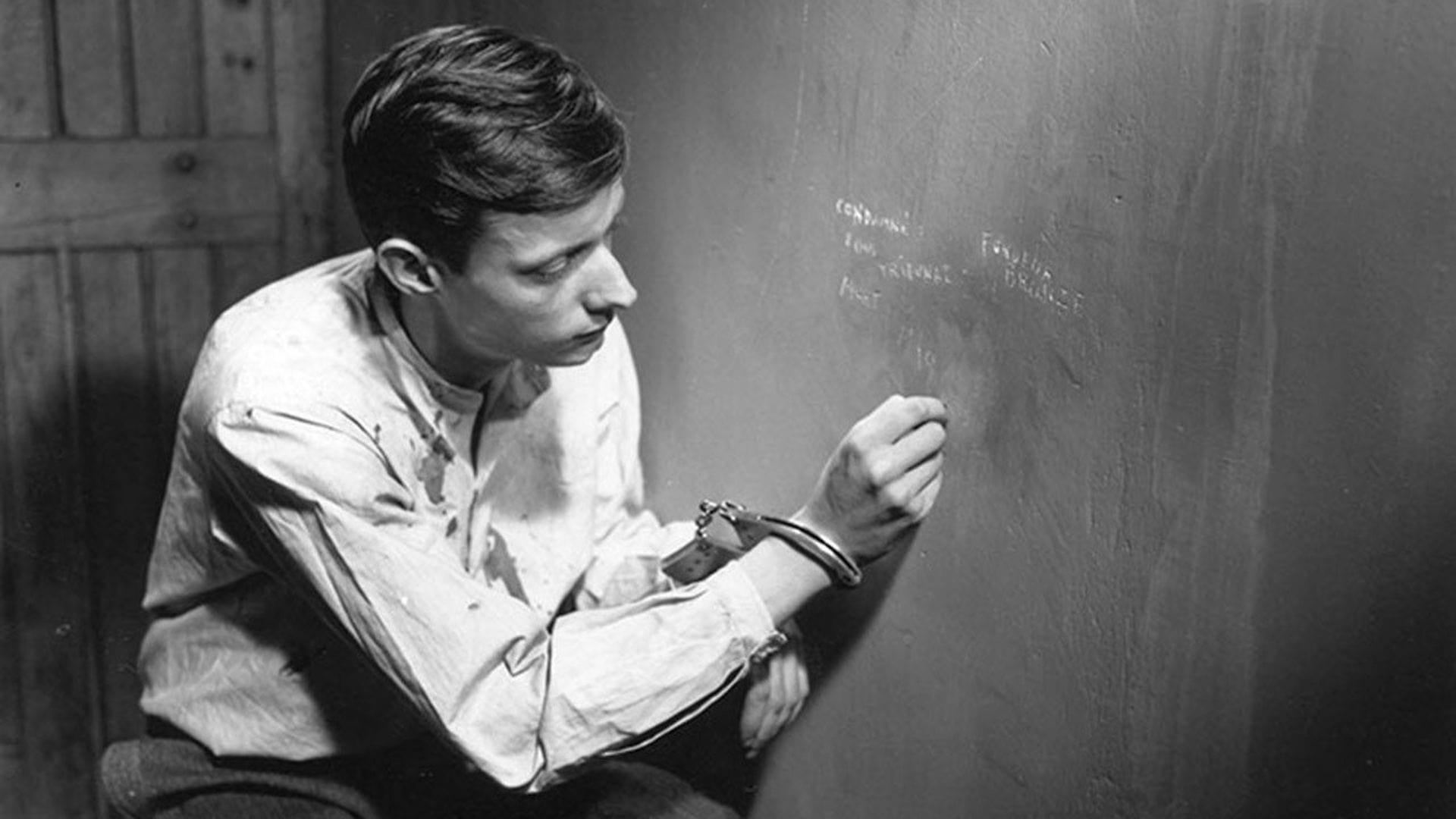A Man Escaped is the 1956 film directed by Robert Bresson which follows a French resistance leader and how he escaped from a Nazi-controlled prison during World War II.
Stripped bare. There is a misleading simplicity presented throughout A Man Escaped. Robert Bresson’s technique is as planned and deliberate as it is unadorned. While many mainstream films use conventions and familiarities that help to guide viewers, Bresson chose to avoid such comforts in A Man Escaped in lieu of something more authentic. The emotions that the film creates, tension and interest, stem solely from the bare essentials. From the score to the photography, the film is stripped of the superfluous. It takes a steady, calm approach across the board. Fontaine is a quiet man. He whispers to other prisoners and passes tiny notes. His voiceover is direct and at times instructional. It’s utilitarian, but without being devoid of humanity. The music coincides with small moments in the film that help break up the narrative into smaller parts, but it is never used as a tool to create or accentuate drama. Scenes dissolve into one another. The film takes its time without dragging on or lingering on any one moment, creating a wonderfully consistent pace. For these reasons and more, A Man Escaped is separated from similar films. It exists as a Bresson film, and not merely as a “prison” film. It becomes elevated from its own story and becomes something more. And while the subject of the film is undeniably Fontaine and his escape, that isn’t to say that the film is solely about him.

The weight of sound. Fontaine’s methodic routines, his ingenuity, and the dangers that come with it are emphasized through the use of sound. The silence that encompasses the jail absorbs the audience. We can sense it and become as aware of it as Fontaine is. When he sharpens a spoon on the ground, the sound of the scraping is uncomfortably loud. Possibly loud enough to cover the sound of approaching footsteps. It’s easy to understand this as it happens. We understand his world as he does. We experience it as he does. In the background, we can hear the whistling of trains, the streetcars, and sometimes the gunshots from the offscreen executions. Sound carries information to Fontaine. Men being beaten, the slight tapping on walls, the clanging of a baton on a banister. Fontaine and the audience become intertwined in this way. So each time Fontaine makes a sound during his attempts to escape you’re left to wonder: what information is he passing on and to whom? Other prisoners acknowledge that they can hear him, and so the unease the film creates is very identifiable and immediate.
Style over substance. Many directors work in a style that they have either had a hand in creating, polishing, or reimagining. But Bresson is one of the few to do something that isn’t easily duplicated or enhanced over time. It is finalized from its creation, and so the overall technique isn’t what makes the film worth watching, but how masterfully the technique is used to tell an interesting story. Bresson’s work became known for this unadorned style, but it arguably works best in A Man Escaped. Not entirely due to the subject matter, but largely because it is telling a true story. One that Bresson himself can painfully relate to, as he spent over a year in a prison-of-war camp during World War II.
A Man Escaped tells a remarkable true story with an impressively minimal style, brilliant use of sound, and precise pacing that rewards those that invest the time.

Watch A Man Escaped now via Amazon or Apple TV
Buy the Criterion Collection release

